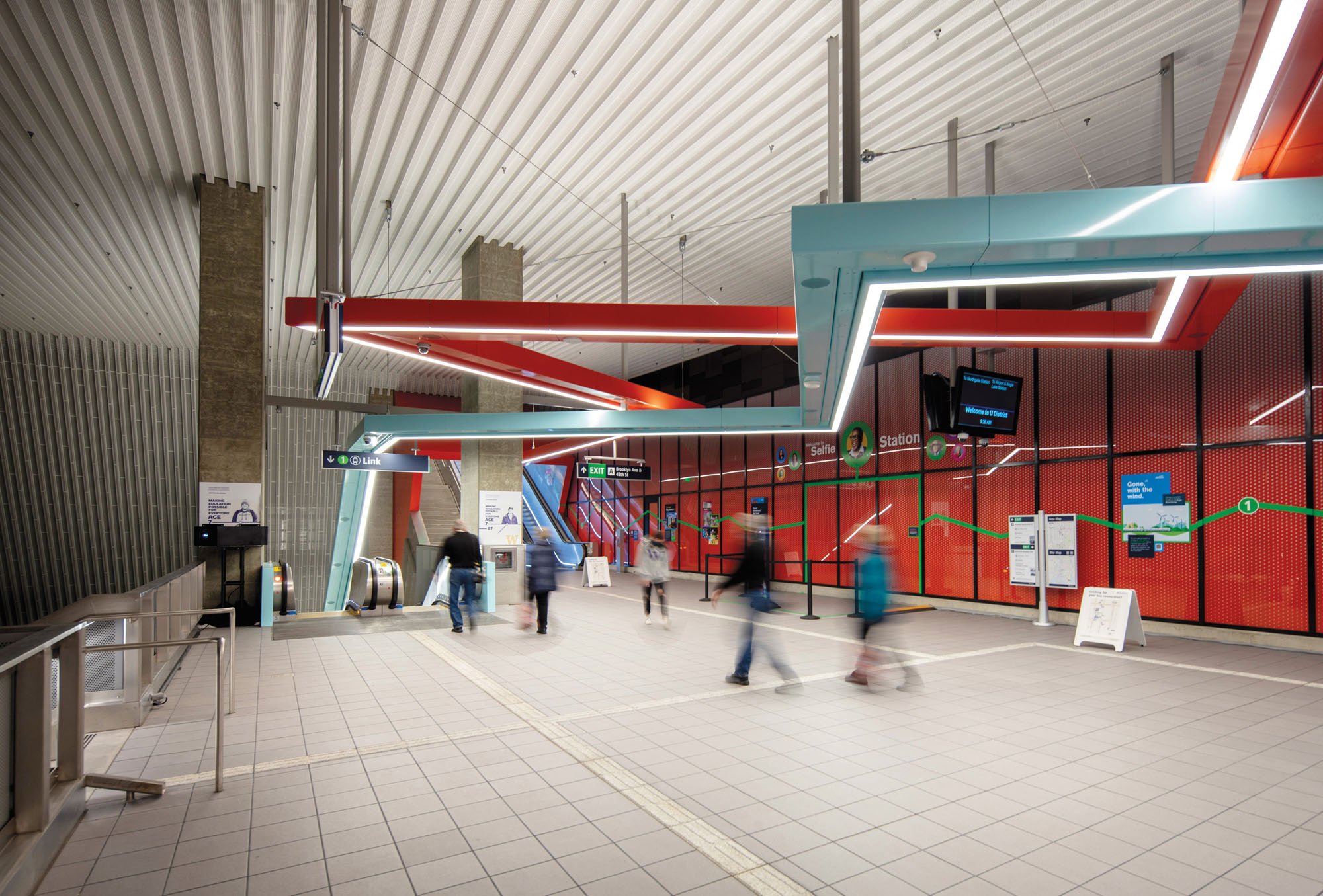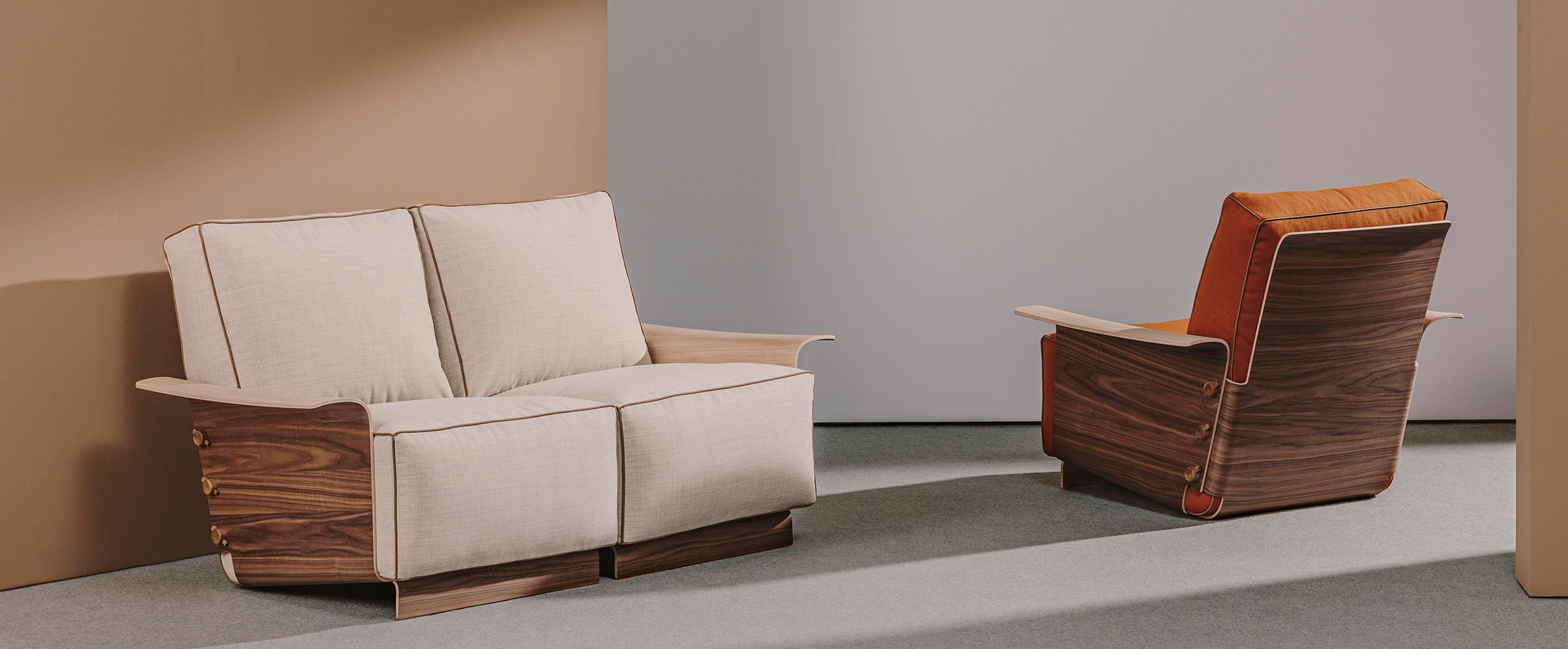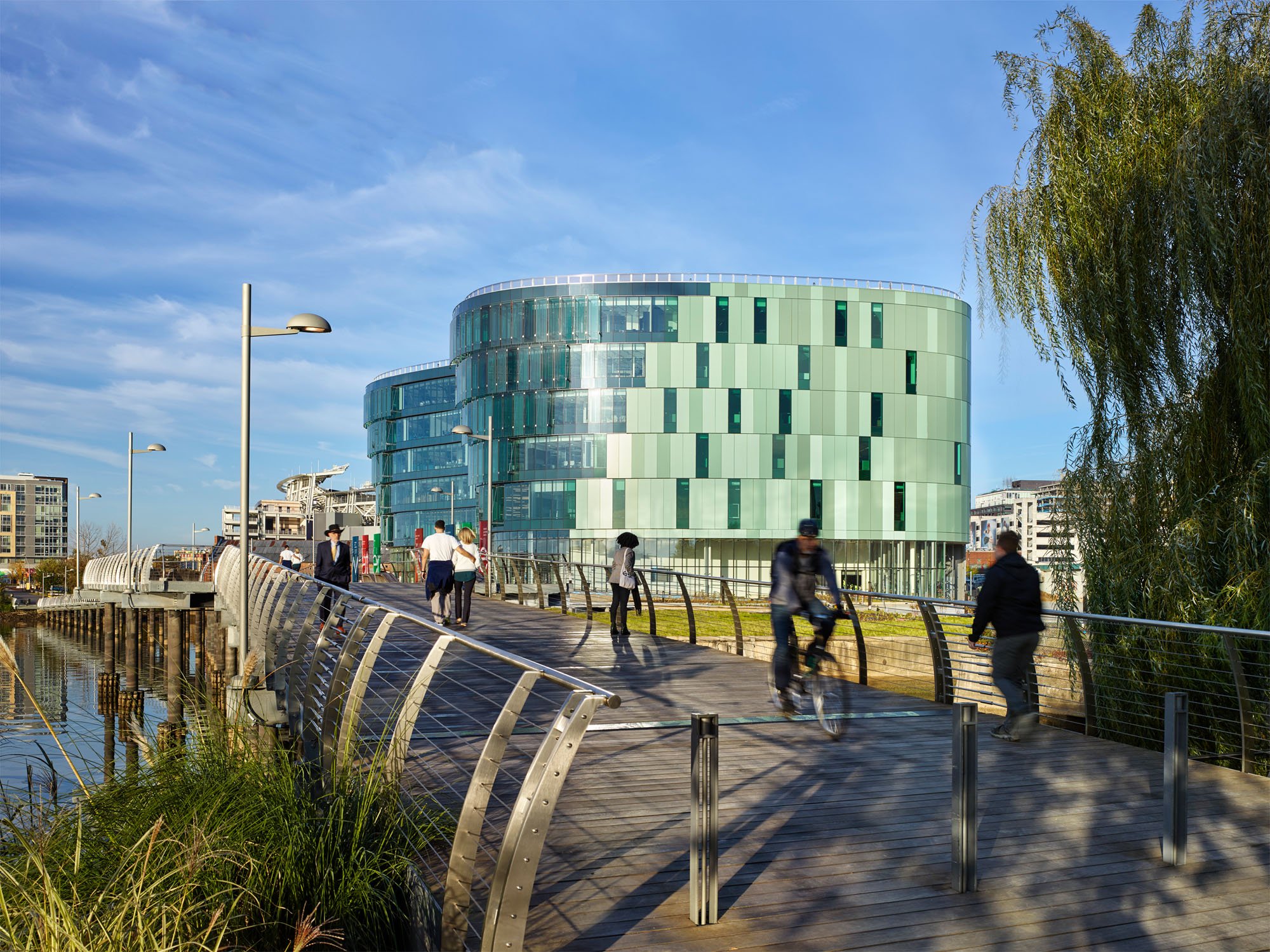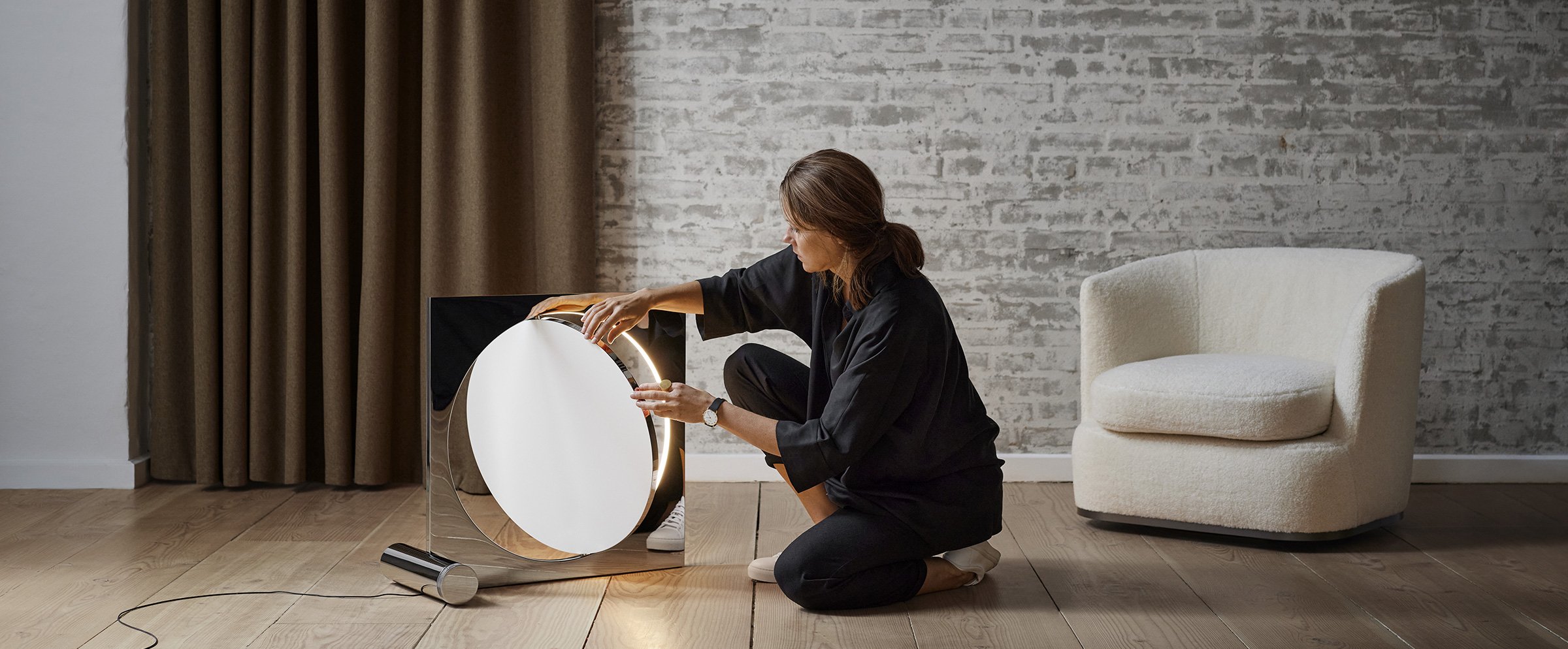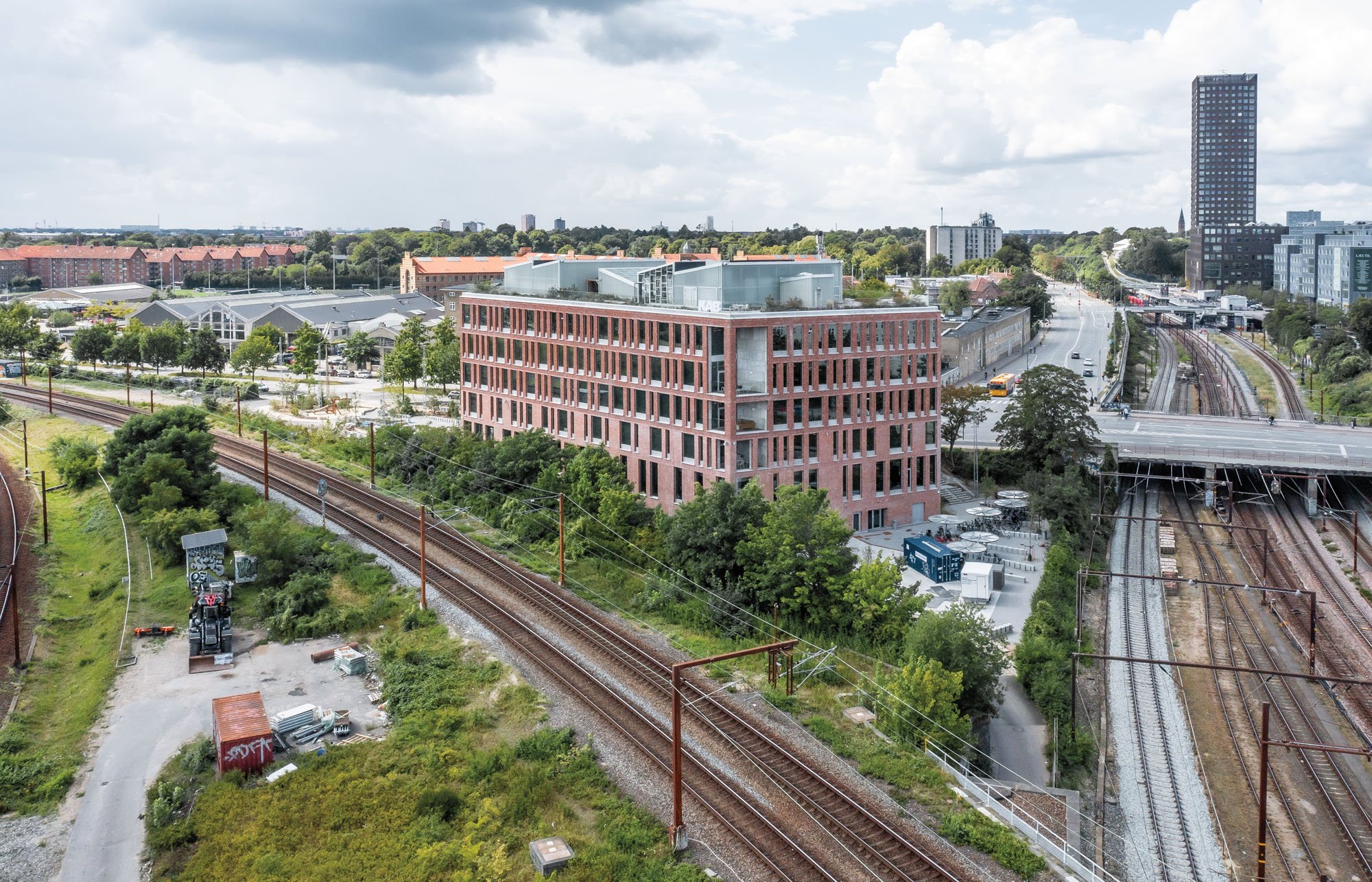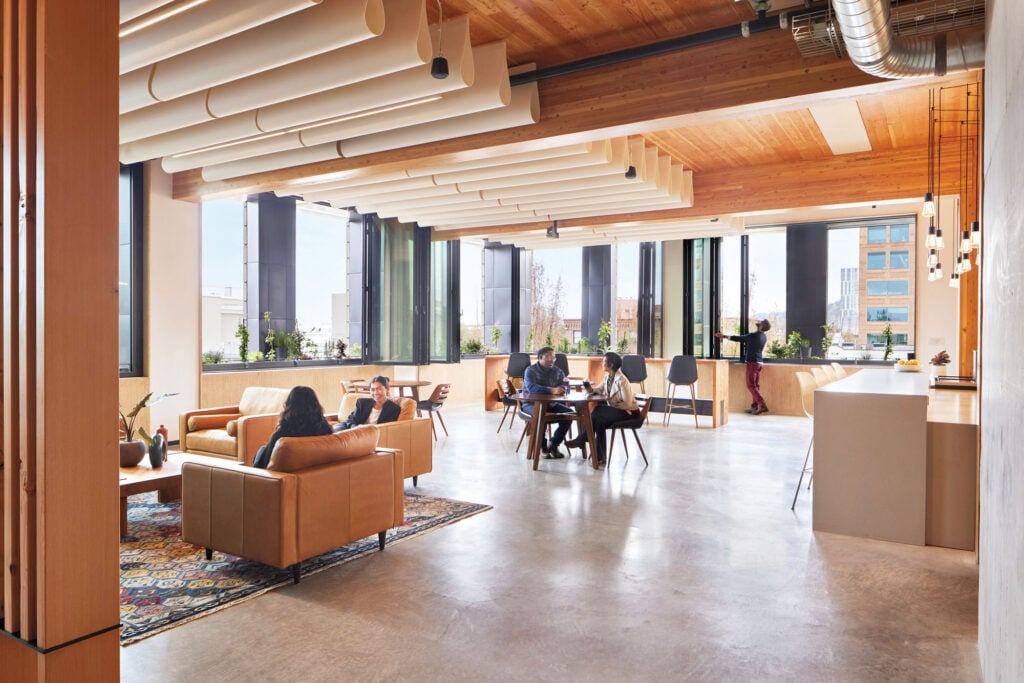
February 28, 2022
The Road to the Metaverse
I recently saw an influencer on TikTok have a complete meltdown because she’d realized that many of her fellow content creators were using filters to enhance their appearance. “This is me!” she exclaimed; then she put on a filter that smoothed out her wrinkles and erased her moles. “Not this!” she yelled indignantly.
It’s one of many little flare-ups between the real and the virtual that I now encounter every single day.
When Mark Zuckerberg announced the rebranding of Facebook as Meta on October 28, 2021, it was the culmination of years of strategizing by the tech giant and a response to similar moves by its competitors. While we might readily associate the metaverse with virtual reality, cryptocurrency, and NFTs—even if we’re not entirely sure what those things are or how they are connected—the truth is we have been groomed to accept, and even rely upon, a digital layer on our physical experience of the world by years of advancements as benign as multiplayer games, e-commerce, Zoom backgrounds, and yes, TikTok filters. We’ve been on this road for a long time—some of us reluctantly—and we have only now been told that it leads to the metaverse. Now that we know, what role will architects and designers have to play on this path?
The rules of designing virtual space are different from those that govern IRL experiences, writer Liz Stinson points out in “How Will the Metaverse Be Designed?” Architects could see this as an existential threat or “as an opportunity to question who can and should participate in the design process,” she writes.
“The underlying functional economy of the metaverse could eventually lead to the design of digital spaces that…will serve as a second home, encouraging anyone to amass digital currency and decorate their digital worlds,” adds Metropolis associate editor Leilah Stone in “Exploring the Potential of Interiors and Design Objects in the Metaverse” Unshackled from the constraints of materiality, objects and environments can become freer representations of human creativity and expression than ever before.
But these opportunities aren’t without real-world consequences. The first cost is a fundamental one—control. If Zuckerberg has his way, the metaverse won’t be a new world, but “only a way of prolonging the grift of social media,” warns Claire L. Evans (“Is the Metaverse an Empty Promise?”) The second cost is inclusivity: If the equipment and experiences are designed for the abled and privileged, then we put an even greater distance between people with diverse needs and backgrounds, says Kaitlin Ugolik Phillips (“Will the Metaverse Be Accessible?”) The third cost is ecological: Virtual worlds are fueled by the same energy sources that are currently dooming us to climate catastrophe. In “An Online World That Doesn’t Destroy the Real One” Audrey Gray reports on how experts at the University of Washington are leading an effort to reduce the carbon footprint of data centers.
Given its potential and its pitfalls, I am both excited and cautious about where this path leads—and hopeful that architects and designers like you can help keep us safe, sane, and happy on the road to the metaverse.
Would you like to comment on this article? Send your thoughts to: [email protected]
Related
Projects
5 Buildings that Pushed Sustainable Design Forward in 2022
These schools and office buildings raised the bar for low-carbon design, employing strategies such as mass-timber construction, passive ventilation, and onsite renewable energy generation.
Projects
The Royal Park Canvas Hotel Pushes the Limits of Mass Timber
Mitsubishi Jisho Design has introduced a hybrid concrete and timber hotel to downtown Hokkaido.
Profiles
Meet the 4 New Design Talents Who Made a Mark This Year
From product design to landscape architecture and everything in between, these were the up-and-coming design practices making a splash in 2022.





